The neighbouring countries - currently engaged in a Covid-related border discussion - have taken very different approaches to the health crisis. Emma Pearson in Paris and Rachel Loxton in Berlin discuss the situation in their respective countries.

What’s the situation in both countries?
France emerged from its second nationwide lockdown on December 15th and at present the government is resisting pressure for a third. Cases in France are described as a ‘high plateau’ – they have been roughly stable at around 20,000 new cases a day since mid-December, although the past week has seen a small but steady fall. Pressure on hospitals is high but currently manageable with 65 percent of intensive care beds occupied by Covid patients.
Although France is not on lockdown, plenty of restrictions remain in place, including a nationwide 6pm to 6am curfew while bars, restaurants, cafés, gyms, theatres, cinemas, museums and tourist attractions have all been closed since October. However schools are open, meeting friends for dinner and drinks is allowed in their homes and outside (although caution advised) and during the February school holiday people can travel around France. Public gatherings are restricted to a maximum of 10 people and authorities only recommend private ones not exceed six (plus kids).
Germany went into a ‘lockdown light’ in November, closing restaurants, bars and cafes (except for takeaway), as well as gyms and cultural facilities. Contact restrictions were also tightened. Since then the measures have got progressively tougher, leading to the current situation (dubbed a ‘hard lockdown’ by German media) which includes the closure of non-essential shops.
Although households are allowed to meet one other person, people in Germany have been told to stay at home as often as possible, keep social contacts down to a minimum, avoid travel and work from home.
Schools closed in mid-December but are beginning to slowly open up again across states. Currently we’re seeing less than 10,000 Covid-19 cases a day, but there are still hundreds of daily deaths. The number of cases per 100,000 residents in seven days stands at around 50-60 – a huge improvement from just before Christmas when it was up at 200. Germany is aiming to get the incidence rate down to 35 before more things can open.
France v Germany: How have their responses differed?
Emma: So Rach, during the first wave and over the summer all we heard was how brilliantly Germany was handling everything, what happened?
Rachel: This is so true. Basically Germany had a really good handle on things, carrying out lots of free testing, including on returning travellers, and contact tracing was going well after the first spring lockdown. But the country dropped the ball near the end of summer when Covid cases started picking up. At this point no action was taken and that’s where things went wrong. In fact even Angela Merkel last week admitted that authorities had been too hesitant to bring in measures when the numbers started creeping up.
Then we got into a situation where exponential growth was happening and eventually the ‘lockdown light’ was brought in at the start of November. That was meant to last for a month and was billed as a measure to ‘save Christmas’. How wrong was that… numbers got quite out of control for a while (more than 30,000 cases a day at times) and we reached a peak just before Christmas, but now numbers are coming down.
Source: Our World in Data. Keep in mind that factors such as different testing means countries cannot be directly compared.
Didn’t France experience a similar out of control situation in autumn/winter?
Emma: Yes, we had a big second wave of cases and a second lockdown in October/November. While most of Europe was living a relatively free life we were back in lockdown from October 30th. This wasn’t quite as strict as our spring lockdown, schools stayed open and more people were able to continue working but it was still a ‘stay home’ order and we needed a form every time we left the home.
France had a peak of hospital patients in the spring and another in October
When we locked down, we had 50,000 new cases a day and hospital intensive care units were at 95 percent capacity, so we really had no choice. Our target was to get down to 5,000 cases a day before reopening. We didn’t quite manage that but the government decided to lift the lockdown on December 15th anyway, even though we were still at around 12,000 cases a day by then.
So what happens next in Germany? Do you have a roadmap out of lockdown?
Rachel: Well… yes and no. Current measures in Germany were recently extended until at least March 7th, but there are a few changes. Hairdressers can open from March 1st (because the government said they were needed for personal hygiene reasons and who are we to argue with that) and schools have already started reopening.
Merkel says that reopening public life and reintroducing more social contact will happen step by step so the situation will be monitored to watch for Covid-19 variants spreading. But we don’t know exactly how that will happen yet and which things will open up first. Personally I’m really looking forward to cafes, restaurants, gyms and cinemas opening again.
What about France? Are you on your way to ‘normal’ life?
Emma: Hmmmm, it’s hard to say really. We have been on this ‘high plateau’ of around 20,000 cases a day for well over a month now. On the plus side it’s not getting worse so it doesn’t seem likely that we’re going back into lockdown unless something changes, but on the other hand it’s not really getting better either so we don’t have much of a plan to reopen.
This week has seen a small but sustained fall in cases – from about 20,000 a day to around 18,000 a day. If that continues, there is some talk about reopening cultural venues on a limited basis and we are having a couple of ‘experimental’ concerts in the spring, but there’s no talk of an imminent reopening of bars or cafés.
Personally I’m also a bit worried about the school holidays, which are happening right now and a lot of people are travelling. I hope this doesn’t lead to a post-holiday spike.
Emma: Testing seems to be a big difference between France and Germany. France’s mass testing rollout was comparatively late and even by the summer we had plenty of testing centres but people were waiting up to 10 days for results – kind of defeating the point.
But since then France seems to have really got itself together and testing is now widely available – either PCR tests at testing centres or the rapid-result antigen tests at the pharmacy. All tests are also 100 percent reimbursed in the French health system – apparently we’re the only European country apart from Denmark to offer totally free tests.
I’ve had three tests in total, each time before I travelled to another region of France or visited someone in a high risk group – and they really are very easy to access. In the week before Christmas France tested three million people, mostly people getting precautionary tests like me, and that was widely credited with avoiding a post-Christmas spike in cases.
Rachel: Wow, I’ve never had a Covid test! Germany has just announced it is going to ramp up its testing and bring in free rapid tests for all. This is a really big change of strategy after scaling back on testing through winter due to worries that labs couldn’t handle processing all the tests.
The hope is that more testing will allow some kind of normal life to return. Self-administered testing will also be brought in and that should be helpful for schools to detect outbreaks. I’m interested to see how this will all work and what impact it will have on our lives.
I’m hopeful it will allow us to travel a bit more and see people, as it seems like has been the case in France.
Emma: How’s Germany’s vaccine programme going? It’s fair to say that France hasn’t really covered itself in glory here, the start to our programme was painfully slow – we jabbed about 700 people in the first week.
Rachel: Well, in Germany it hasn’t been great either. We have shortages in vaccine doses until April and it’s led to vaccination centres lying empty. But they are getting a fair amount of people vaccinated. So far about 2.9 people (4.4 percent of the population) have been given a dose, with around 1.5 million receiving both doses.
Germany says every adult will be offered a vaccine by September 21st. Does France have an aim? I’ve also heard people are more sceptical about receiving a vaccine in France, is this true?
Emma: We’re speeding up a bit on vaccines now, so far 2.3 million people have had their first dose and 800,000 their second. In terms of second doses – ie when people are fully vaccinated – we’re actually about level with the UK, although they’re miles ahead of us on first jabs, around 12 million people. Looks like we’re also behind you guys.
Vaccine scepticism is certainly an issue in France, some polls show only 40 percent of people saying they will definitely be vaccinated. That rate seems to be falling a bit now though. In fact once it became obvious how slow the rollout was a lot more people seemed to be demanding the vaccine – leading some people to joke that the French government had done it deliberately, knowing that the one way to make the French want something is to tell them they can’t have it!
The target is that everyone is offered the vaccine by the end of August. I’m hoping that the French vaccine programme will be like the testing – a slow and shambolic start but impressive once it gets going. We’ll see.

Source: Our World in Data.
Emma: We should maybe talk about the border – is Germany really going to close its French border?
Rachel: Honestly I think they might if they believe the situation in France’s Moselle region is getting worse. Germany has really gone hard on travel bans and border closures recently. Major restrictions were just brought in to the Austrian and Czech Republic border. We also have travel bans against arrivals from other Covid-19 variant areas of concern, including the UK, Portugal, South Africa and Brazil.
Rachel: Does France have any bans in place against Covid-19 variant countries?
Emma: Yeah, loads. Travel to and from all non-EU countries (including the UK) is pretty much banned apart from a very short list of essential reasons. You can travel from within the EU, but most people still need a negative Covid test to enter.
I haven’t seen my family in the UK for more than a year now, I imagine it’s the same for you?
Rachel: Yes, it’s the same for me. I’m desperate to go back.
READ ALSO: The charts and maps that explain the state of the pandemic in Germany
Emma: How do Germans feel about the government response? Is there anger at the government or are people pretty accepting of the limitations?
Rachel: People are quite accepting overall but everyone is very weary of this lockdown situation.
It’s gone on for so long and everyone is very tired. The thing is, though, that people really trust Merkel and she’s a scientist. So usually if Merkel says something is a good idea, people will follow. I think Merkel admitting the government made mistakes and the slow vaccine rollout does make people feel a bit uneasy.
What do people think about the government in France?
Emma: Well, the French in general are not shy about criticising their government! I think Macron certainly doesn’t have the same kind of trust capital that Merkel does.
That said, I’ve actually been quite surprised how little mass protest there has been over the last year. I would not have predicted that the Dutch would riot over a curfew while the French (mostly) accepted it.
That said, I think if there is another lockdown or if the vaccine doesn’t speed up we will see a lot more dissent.
Emma: So when do you reckon Germany is likely to reopen properly? God, I could kill for an evening drinking beers with mates in a loud bar…
Rachel: Me too! I think a lot of things will have reopened by around Easter but some scientists in Germany are worried about a third wave due to the Covid variants so I’m crossing my fingers that doesn’t happen.
If all goes to plan then hopefully summer will be a good one as all vulnerable people should have been vaccinated by then. I have no idea when they will be able to allow big gatherings again. Maybe after everyone’s been vaccinated.
What about France?
Emma: I think summer too, most people in vulnerable groups should have been vaccinated by then and the summer holiday is culturally important in France. I feel reasonably confident I will get some time on the beach this summer.








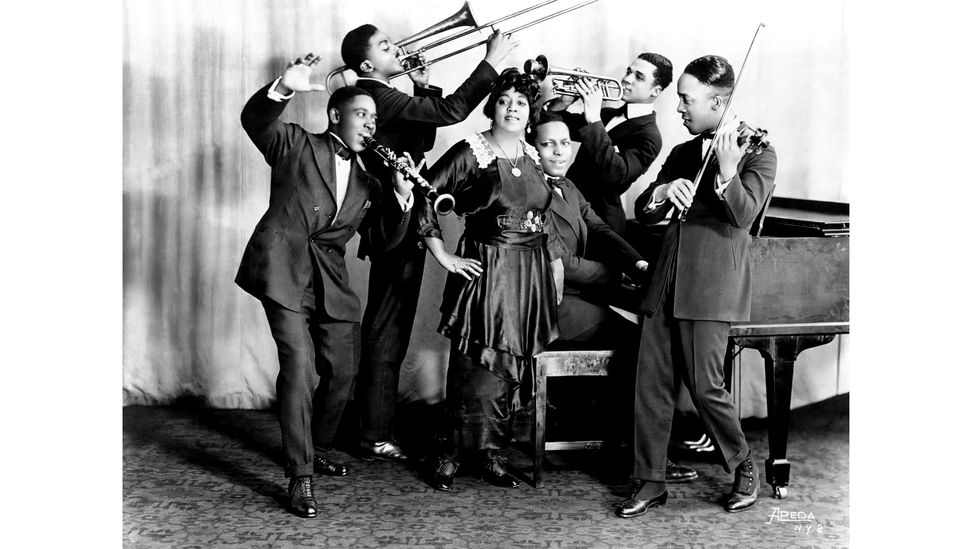
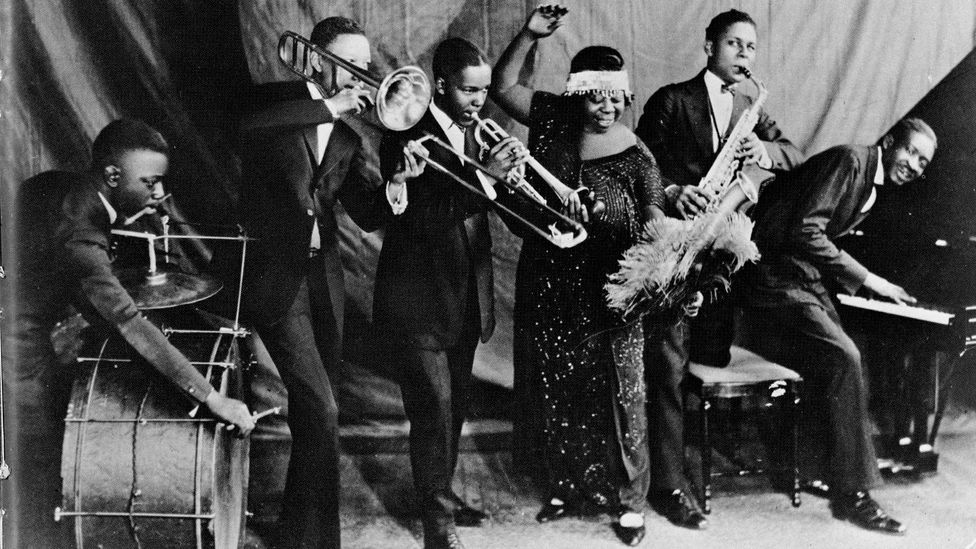
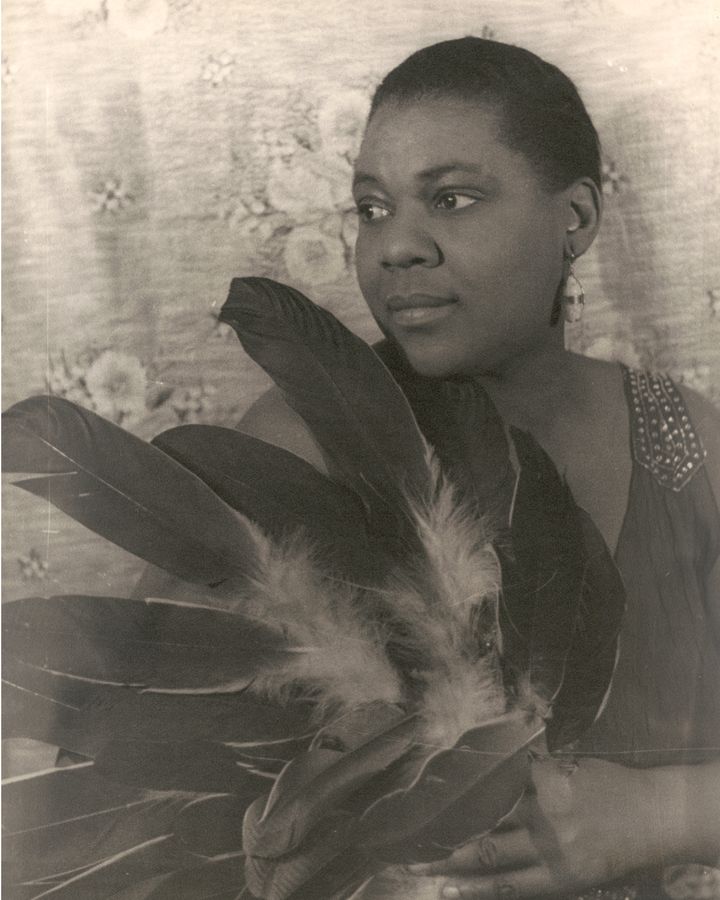
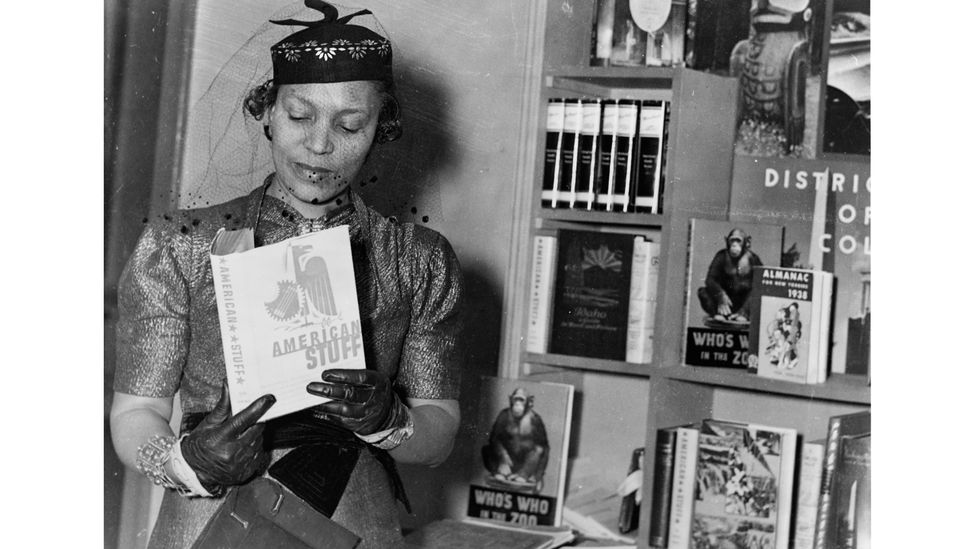
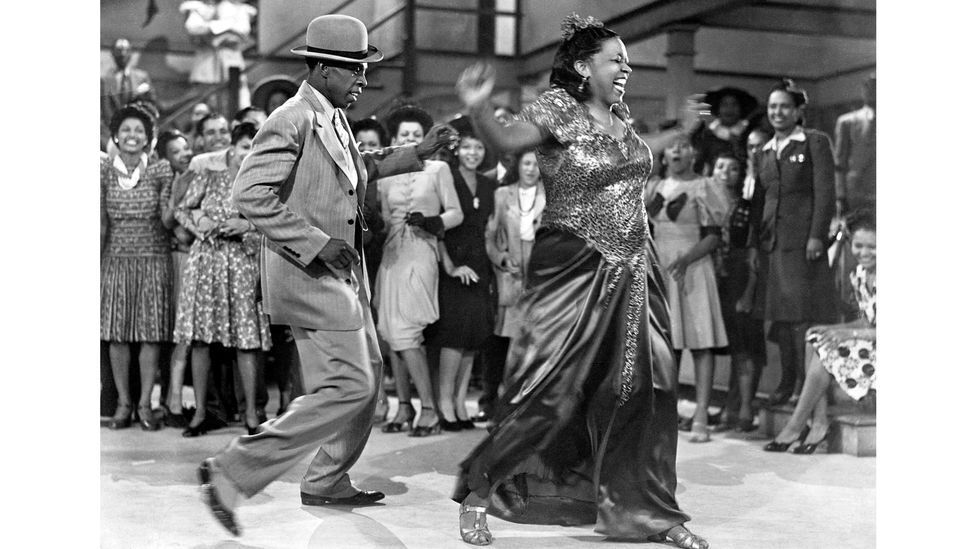
![The early blues women were sidelined by the "Blues Mafia" who championed Delta blues singers such as Robert Johnson, Skip James and Son House [pictured] (Credit: Getty Images) The early blues women were sidelined by the "Blues Mafia" who championed Delta blues singers such as Robert Johnson, Skip James and Son House [pictured] (Credit: Getty Images)](https://ychef.files.bbci.co.uk/976x549/p0975mxh.jpg)

